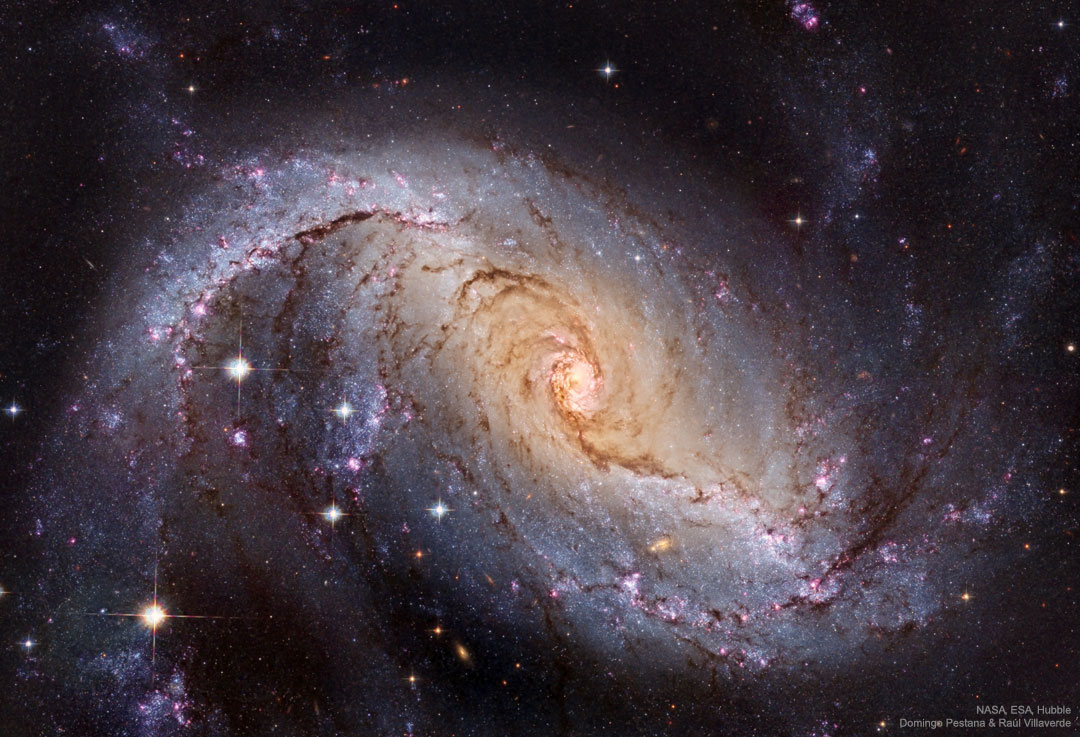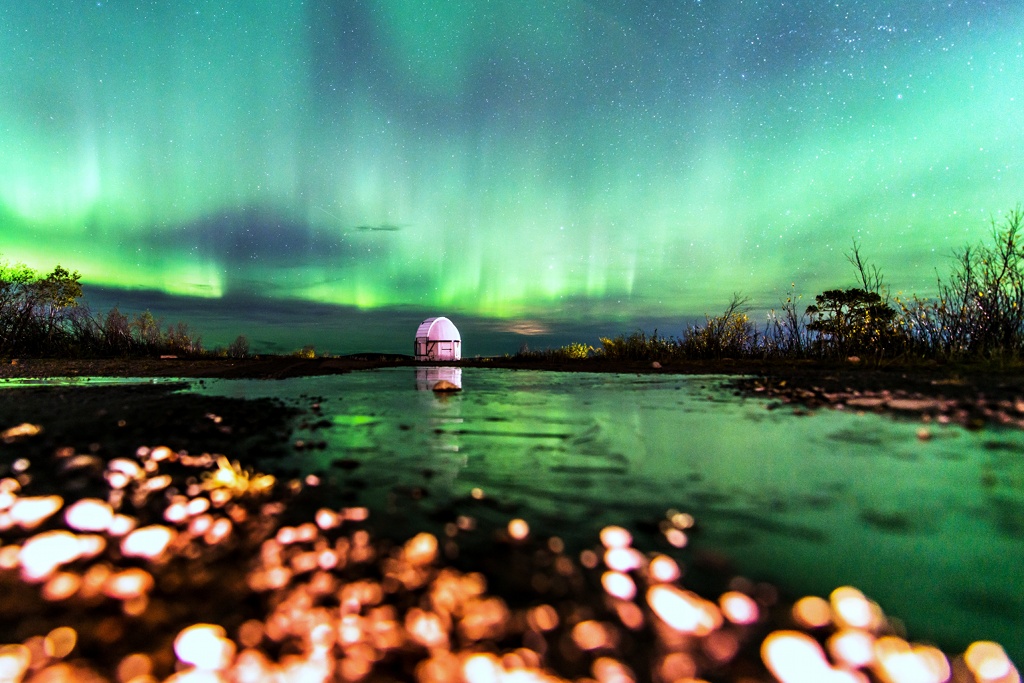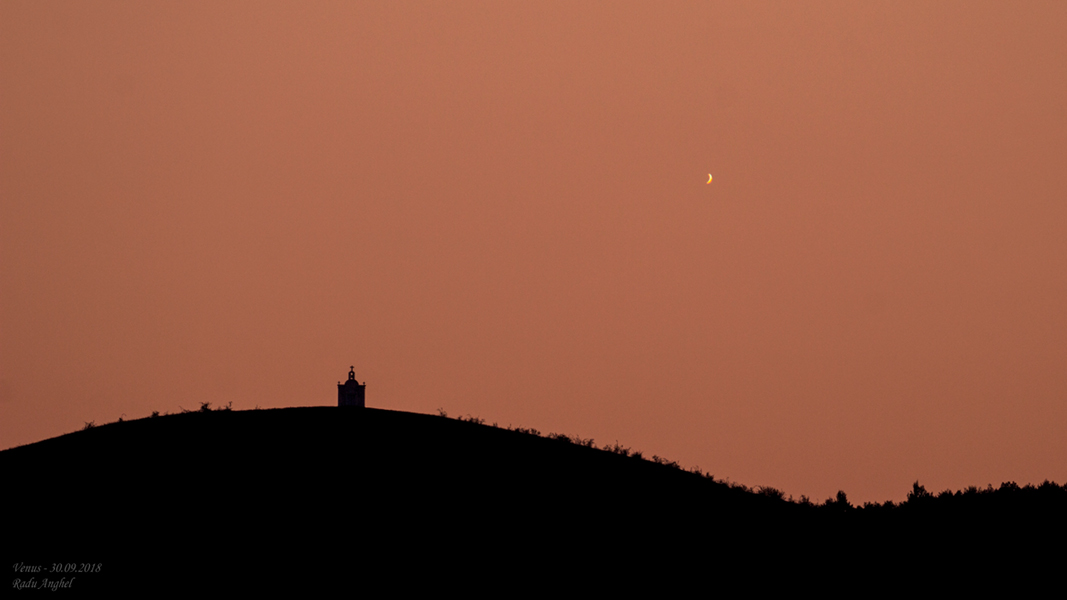
Sun Dance

NASA to Televise Two Spacewalks, Preview Briefing
Astronauts on the International Space Station will conduct spacewalks Friday, Oct. 19, and Thursday, Oct. 25, to continue power system upgrades, and experts will preview the work during a news conference Tuesday, Oct. 16, at NASA’s Johnson Space Center in Houston.
from NASA https://ift.tt/2pJxpCg
via IFTTT![]()
Soyuz Rolls to the Pad for Next Launch to the Space Station
NGC 1672: Barred Spiral Galaxy from Hubble

Aurora: The Frog’s View

NASA Television to Air Launch of NASA Astronaut on First Space Mission
Astronaut Nick Hague, who joined NASA’s astronaut corps in 2013, is preparing to launch Thursday, Oct. 11, on his first space mission – a six-month stay on the International Space Station. The launch and arrival at the space station will air on NASA Television and the agency’s website.
from NASA https://ift.tt/2Pd3n4Z
via IFTTT![]()
Astronaut Joe Acaba Farms in Space

The Last Days of Venus as the Evening Star

NASA Evaluates Commercial Small-Sat Earth Data for Science
NASA has launched a pilot program to evaluate how Earth science data from commercial small-satellite constellations could supplement observations from the agency’s fleet of orbiting Earth science missions. On Sept. 28, the agency awarded sole-source contracts to acquire test data sets from three private sector organizations.
from NASA https://ift.tt/2NnMWkS
via IFTTT![]()


